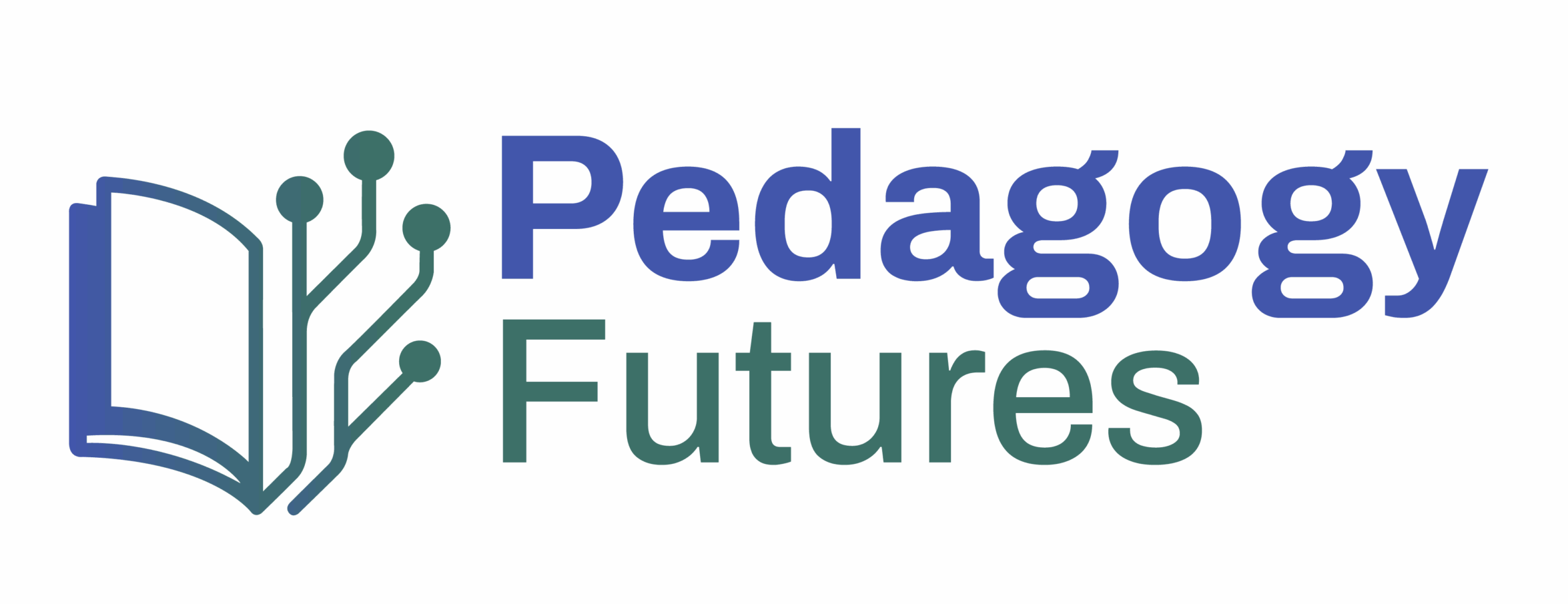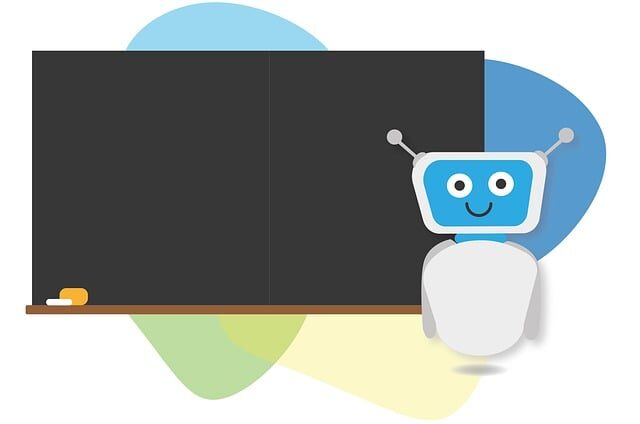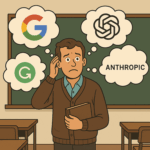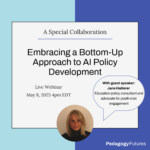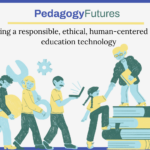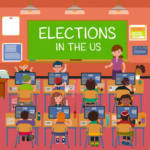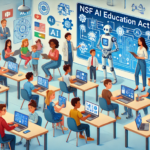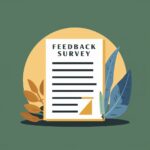The rapid acceleration of generative artificial intelligence (AI) capabilities has disrupted industries worldwide, especially those that thrive on speed, synthesis, and constant iteration, such as business, healthcare, and education.
For clarity’s sake, when we say “generative AI,” we mean systems like ChatGPT that can generate new content and learn from data after being prompted by humans.
Impacted by AI’s expertise in mimicry and ability to learn constantly, the world is now forced to rethink how we will proceed in a world where machines can perform human work better or faster.
A Wave of Disruption
What effect has artificial intelligence had on schools in particular?
Seemingly overnight, AI demonstrated human-like skills, disrupting sectors dependent on those abilities, specifically education.
Next thing we knew, we feared that students found a new shortcut for their learning and that the college essay would be dead sooner or later. And yet, as change can seem daunting, might AI bring new potentials we have yet to imagine?
Apprehension about unknown technologies like AI is natural, and such fears are valid.
But catastrophizing the worst-case scenarios is unhelpful. Instead, we need to strategize and set clear guidelines for the future use of AI in education.
Stakeholders like teachers, administrators, and parents fear changing familiar systems. Yet we can explore AI while addressing risks together with care, caution, and wisdom. As with past innovations, schools can gradually integrate AI ethically to nurture children.
And when mistakes occur (and they will!), as educator Dina Ocampo would say, “If we were to err, we must always err on the side of the child.”
Our role as educators is to guide students amidst emerging technologies. AI shapes that landscape, so we must mindfully guide its development.
Navigating the Potentials
AI can augment human capabilities in education. It could help teachers save time on grading or repetitive tasks that do not require as much.
Understandably, “auto-grading” raises validity concerns needing research, but thoughtfully implemented, could free up teaching time for human connections.
AI tutoring also shows promise for personalized, engaging instruction.
With guardrails, generative AI could help students brainstorm ideas. Adaptive AI tailors learning to students’ needs and exploration.
Let’s take a look at results from recent surveys by EdWeek in their article entitled, “What Educators Think About Using AI in Schools”:
- “Nearly half of educators who responded to a recent EdWeek Research Center survey said AI would have a negative or very negative impact on teaching and learning in the next five years. Twenty-seven percent said AI’s impact would be positive or very positive.”
and another survey by the nonprofit news organization, The 74 in their article, “National ChatGPT Survey: Teachers Accepting AI Into Classrooms & Workflow — Even More Than Students”
- ****”63% of teachers say they’ve used the chatbot on the job, up from February, when just 50% of teachers were taking advantage of the tool. Four in 10 (40%) teachers now report using it at least once a week.”
Now, you may wonder, could AI actually help human teachers rather than replace them?
Freed from repetitive tasks, teachers can focus on inspiring curiosity, creativity, and compassion through human connections. More on this in our coming articles!
While AI replacement may be an understandable fear, the wise integration of education technology historically empowers rather than replaces teachers. It might help you remember that educators once considered calculators the end of numeracy. Or that with the introduction of the ballpen, educators feared the loss of penmanship and literacy. Look at how far we’ve come with snippets from Collins and Halverson’s book “Rethinking Education in the Age of Technology.”
- From a principal’s publication in 1815: “Students today depend on paper too much. They don’t know how to write on a slate without getting chalk dust all over themselves. They can’t clean a slate properly. What will they do when they run out of paper?”
- From the journal of the National Association of Teachers, 1907: “Students today depend too much upon ink. They don’t know how to use a pen knife to sharpen a pencil. Pen and ink will never replace the pencil.”
- From Rural American Teacher, 1928: “Students today depend upon store bought ink. They don’t know how to make their own. When they run out of ink, they will be unable to write words or ciphers until their next trip to the settlement. This is a sad commentary on modern education.”
- From Federal Teachers, 1950: “Ballpoint pens will be the ruin of education in our country. Students use these devices and then throw them away. The American values of thrift and frugality are being discarded. Businesses and banks will never allow such expensive luxuries.”
Meeting the Challenges
Understanding the importance of these challenges is crucial. The future of education is at stake.
To realize AI’s potential while mitigating risks requires thoughtful policies and communication:
- Student privacy is paramount – data collection must be limited and transparent.
- AI must align with equity and inclusion.
- Biased data or algorithms could disproportionately harm marginalized students, necessitating rigorous testing.
- Schools should carefully pilot AI, assess effectiveness, and incorporate user feedback before scaling.
- Schools can take proactive steps like forming AI ethics review boards, requiring vendor transparency, and setting usage guidelines.
With teachers involved from the start, AI can be shaped ethically before scaling.
They can critically evaluate each AI use case – do benefits outweigh risks? What student data gets collected and shared? Do profit motives conflict with learning?
Educators have adapted to technology before – AI simply presents new dimensions of this challenge. Schools can integrate AI opportunities thoughtfully by prioritizing human relationships, ethics, and well-being.
The future remains unwritten – we shape it by applying our personal and collective wisdom to guide AI’s role in education.
What Now?
As we have explored, AI brings opportunities and risks. It can free up teacher time while threatening privacy and human roles. A balanced approach is needed. Schools must evaluate each use case on merits and risks.
AI should empower, not replace, educators. Policies must protect student data privacy while allowing controlled piloting and iteration.
Approached carefully, cautiously, and ethically, AI may assist schools in their core mission: nurturing each child’s potential. But it must be guided prudently by those who understand schools’ human priorities best.
Though AI brings change, with wisdom, we can shape it for good.
